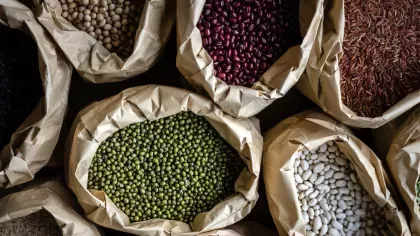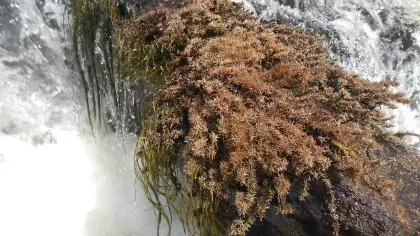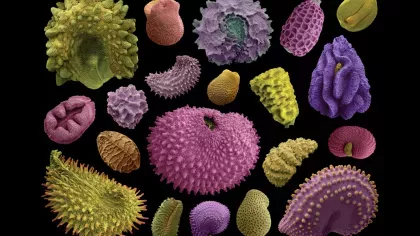28 August 2019
Seeds for life
Many seeds might have a shorter ‘shelf life’ than expected...

With around 22 per cent of the world’s plant species under threat of extinction, seed banks are vital for the long-term preservation of species for safeguarding future biodiversity and food security.
There are over 7.4 million plant accessions (plant material from a single species) held in gene banks worldwide, most of which are the seeds of crop species, but wild species are also conserved. This is the purpose of our very own Millennium Seed Bank.
Time capsules
We often view seeds as time capsules that can survive for hundreds of years before germinating. This view is reinforced by stories of incredible seed longevity. For example, the date palm seed germinated after lying buried for 2,000 years in a Herodian Fortress, and seeds of the sacred lotus survived in a dry lakebed in China for 1,300 years.
These cases of exceptional longevity are notable because, for the most part, seeds do not survive for long in the natural environment, especially in wetter habitats. In North West Europe it was found that the seeds of 417 species stored in a soil seed bank (in situ) had life spans ranging from less than one year to a predicted 1,700 years. The median (middle value) life span was just 6 years.
When it comes to the long term storage in an ex situ seed bank, however, seed life span is difficult to predict. We also know very little about the distribution of life span across the plant kingdom.
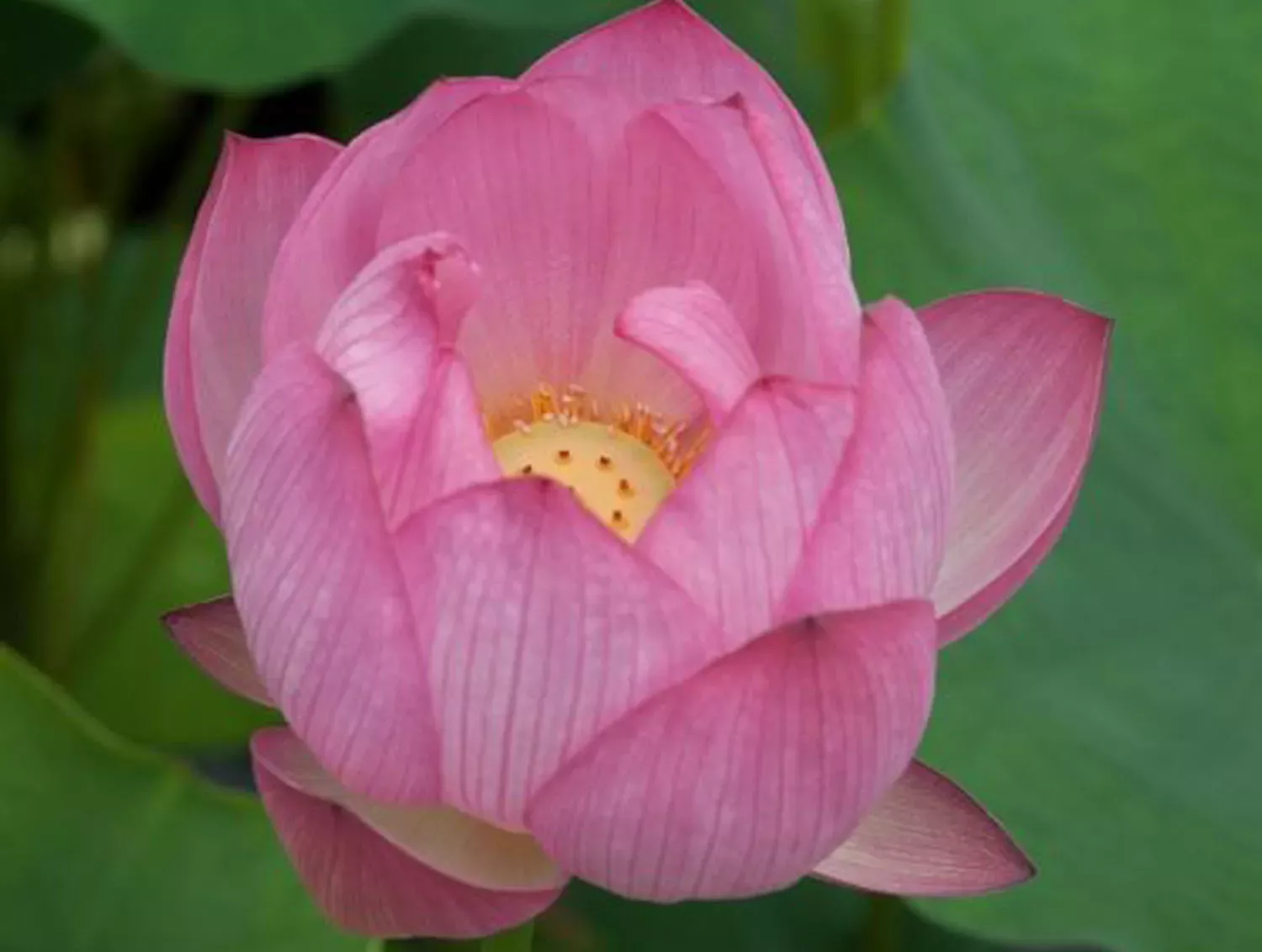
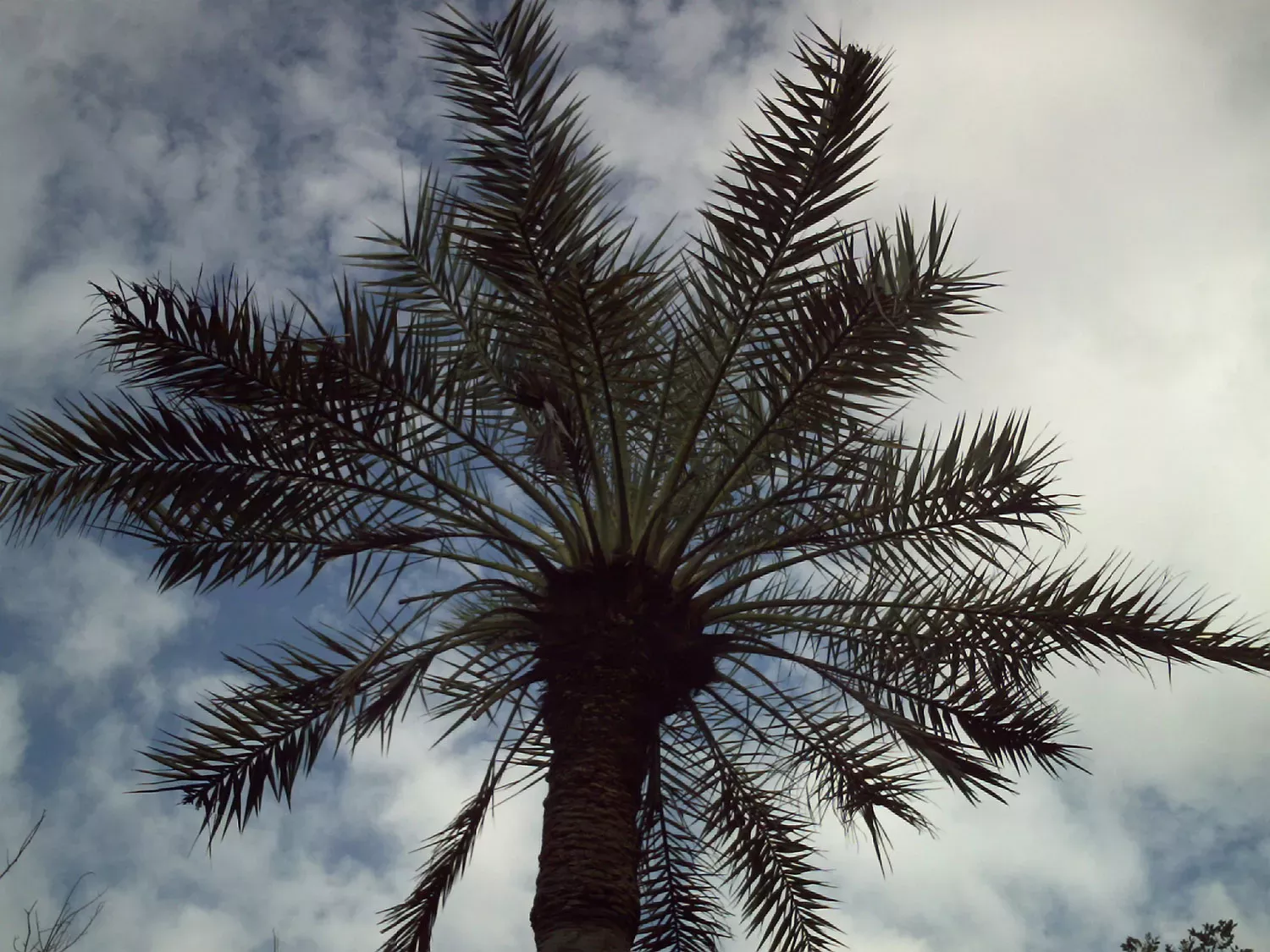
Testing life span under different conditions
Conventional seed banking for seeds that can withstand drying (‘orthodox’ seeds) involves reducing the moisture content and storing at -20°C and 15 per cent relative humidity. This ensures that the seeds stay in a state of suspended growth, known as quiescence.
While the effects of temperature and humidity on life span have been well-established, the comparison of seed life span between species and across different storage conditions has not been described. Comparative studies allow us to spot patterns that will help to predict which species may be longer-, or shorter-, lived and identify priorities for research into improving seed conservation.
We therefore analysed published datasets of seed life span to determine how life span varies in different storage conditions and between species. We looked at a total of 732 species from 94 plant families under four different environments:
- High temperature and high humidity (known as accelerated ageing)
- Temperate ambient storage
- Cool, dry, refrigerator storage
- Cold, dry, freezer storage (standard seed bank conditions)
We analysed how long it took half of the seed population to die, a measurement known as half-life.
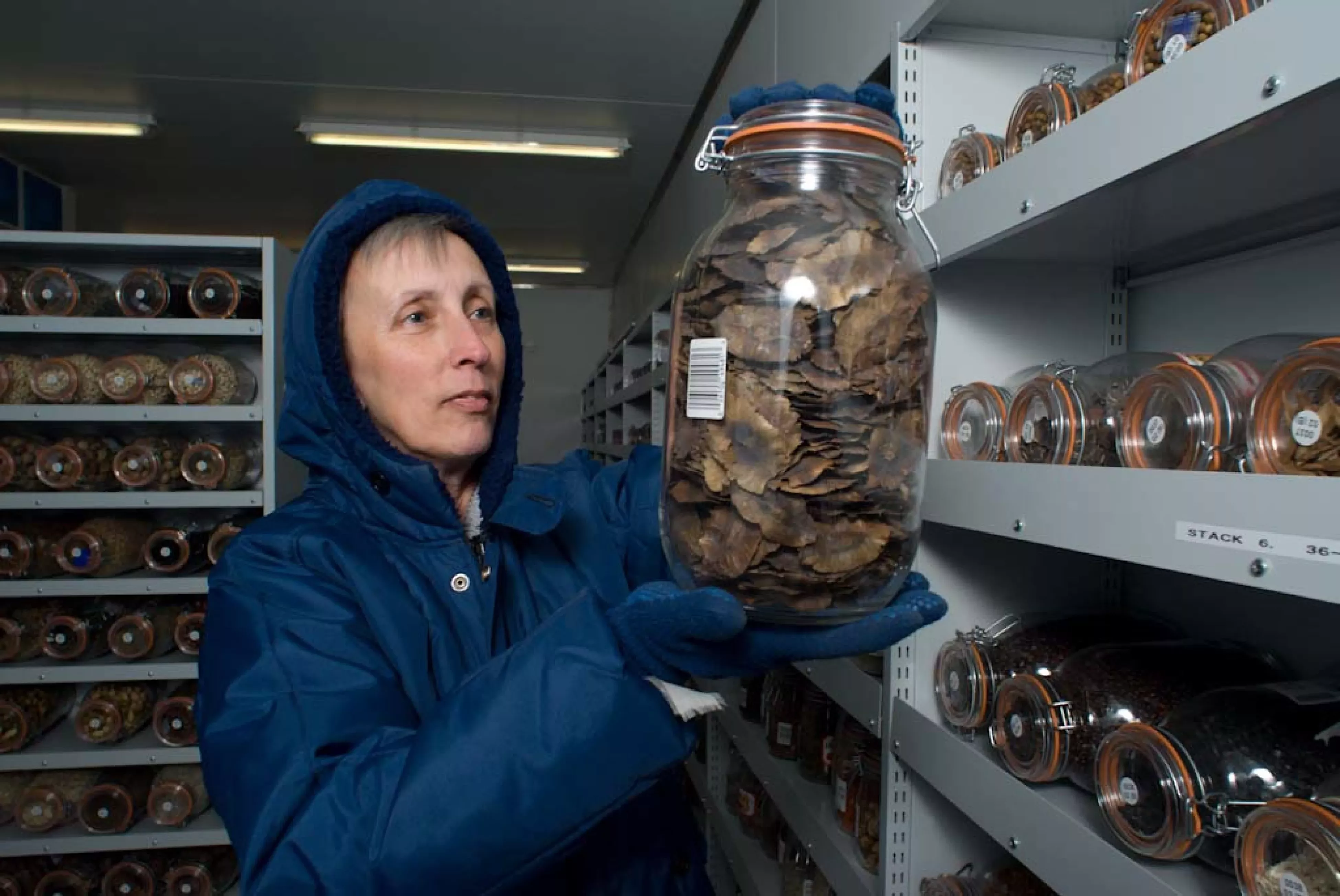
Relatively short life spans are quite common
Under cold, dry, freezer storage the half-life of seeds of 276 species ranged between seven and 633 years with a median of 54 years. The majority (more than 80 per cent) of species under these conditions had seed life spans which were less than one fifth of the longest life span. We found this same distribution pattern under the other three storage conditions, so we conclude that seeds of most species will be relatively short-lived.
Legumes longer-lived
Interestingly, we found that seeds of some plant families such as legumes (e.g. pea, clover), mallows (e.g. cotton, okra) and myrtles (e.g. eucalyptus) tended to be longer-lived. The seeds of these plant families may have evolved to be longer-lived in order to survive in drier climates. Seeds of the grass family, however, which contain staple cereal crops important for food security such as rice, tended to be shorter-lived.

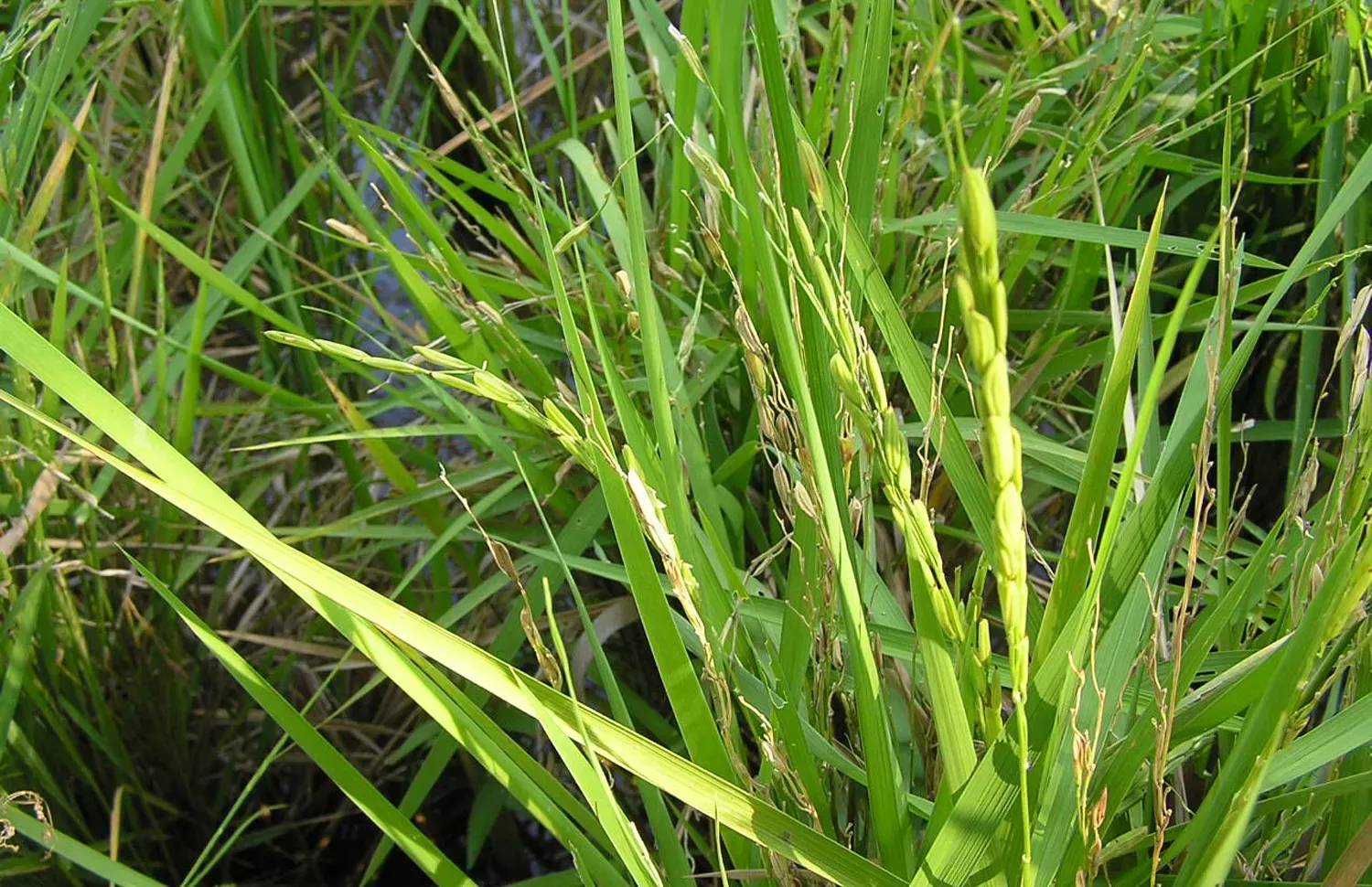
Seed research for the future
Our analysis shows that the current conditions in seed banks may not be sufficient for the long-term preservation of a large proportion of species without replenishing seed stocks. We're therefore working on enhancing seed life span at Kew to ensure our seed collections continue to be a vital resource for long-term food security and plant species conservation.
References
Colville, L., & Pritchard, H.W. (2019).
Seed life span and food security.
New Phytologist.


